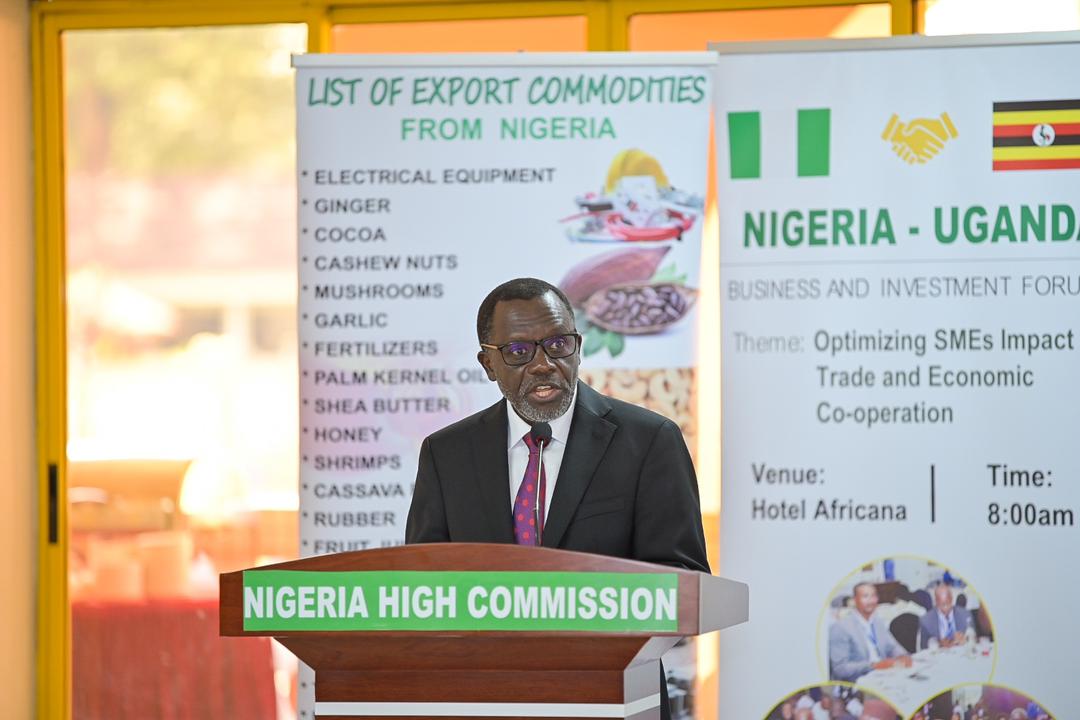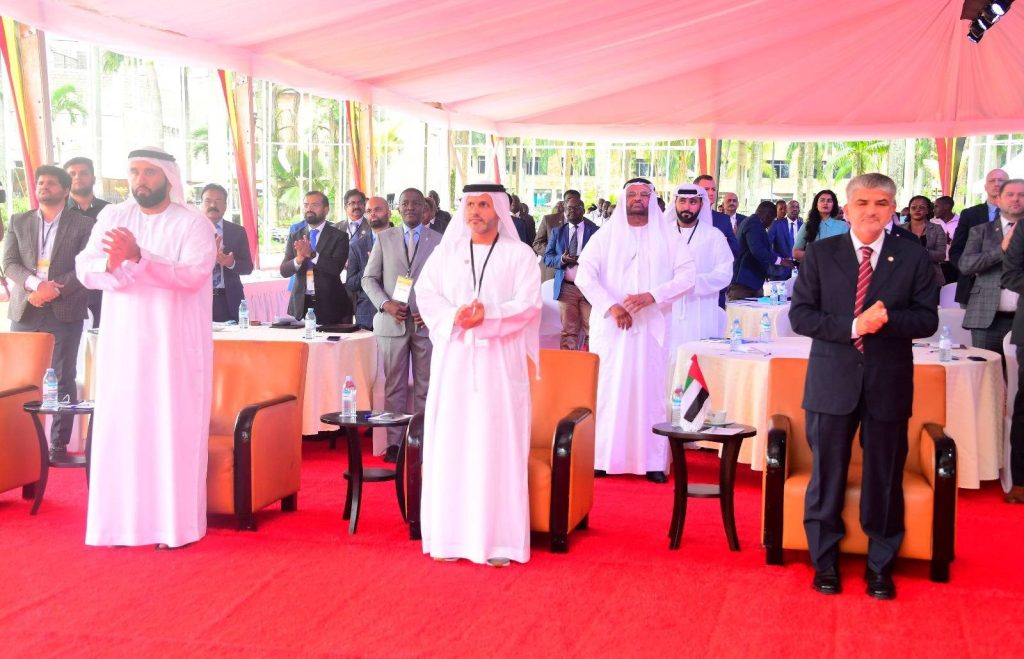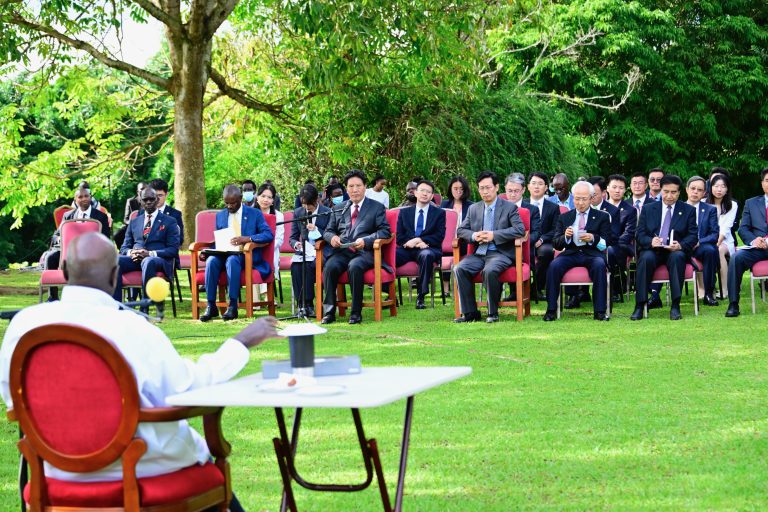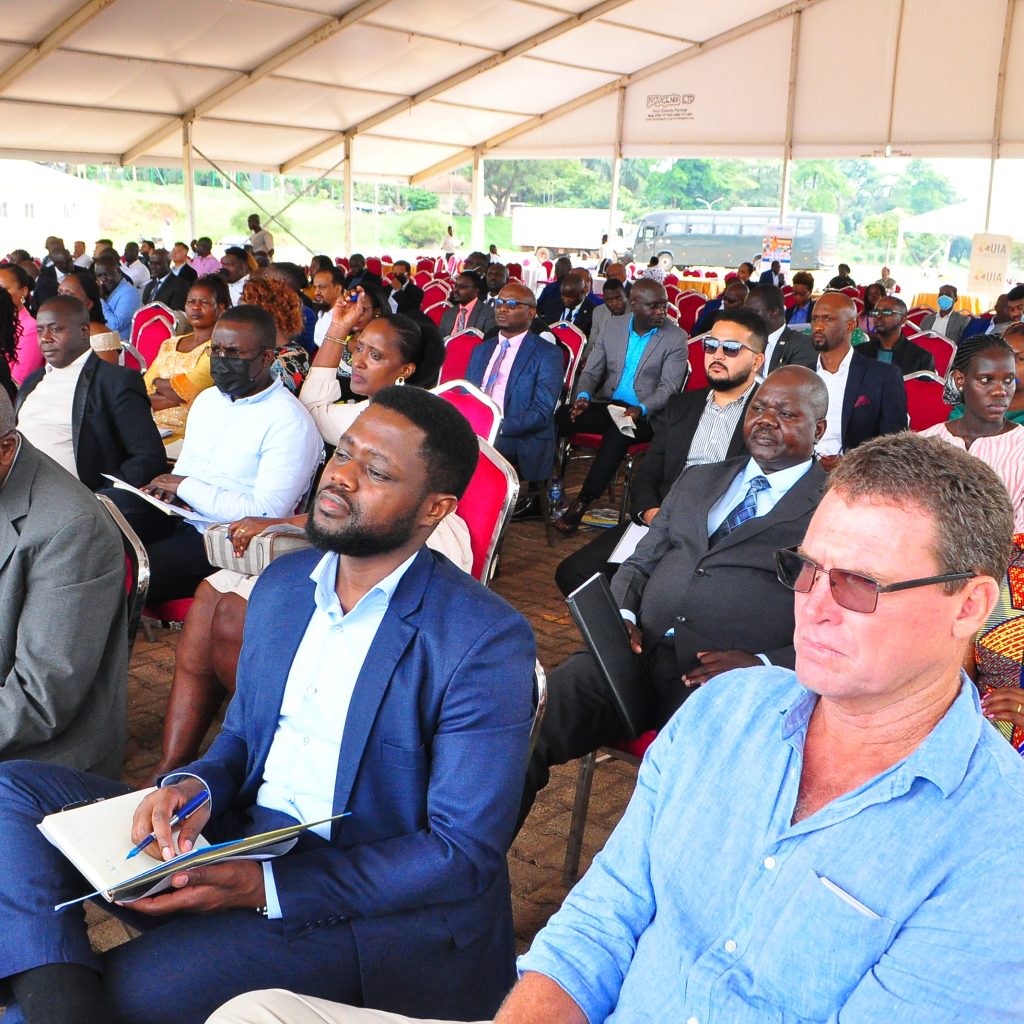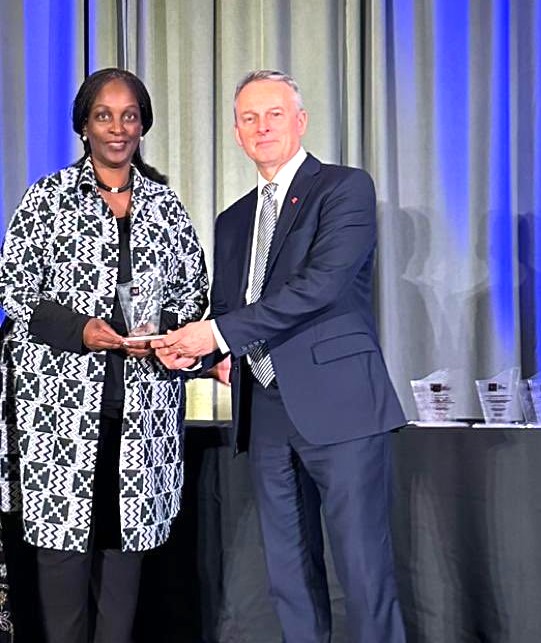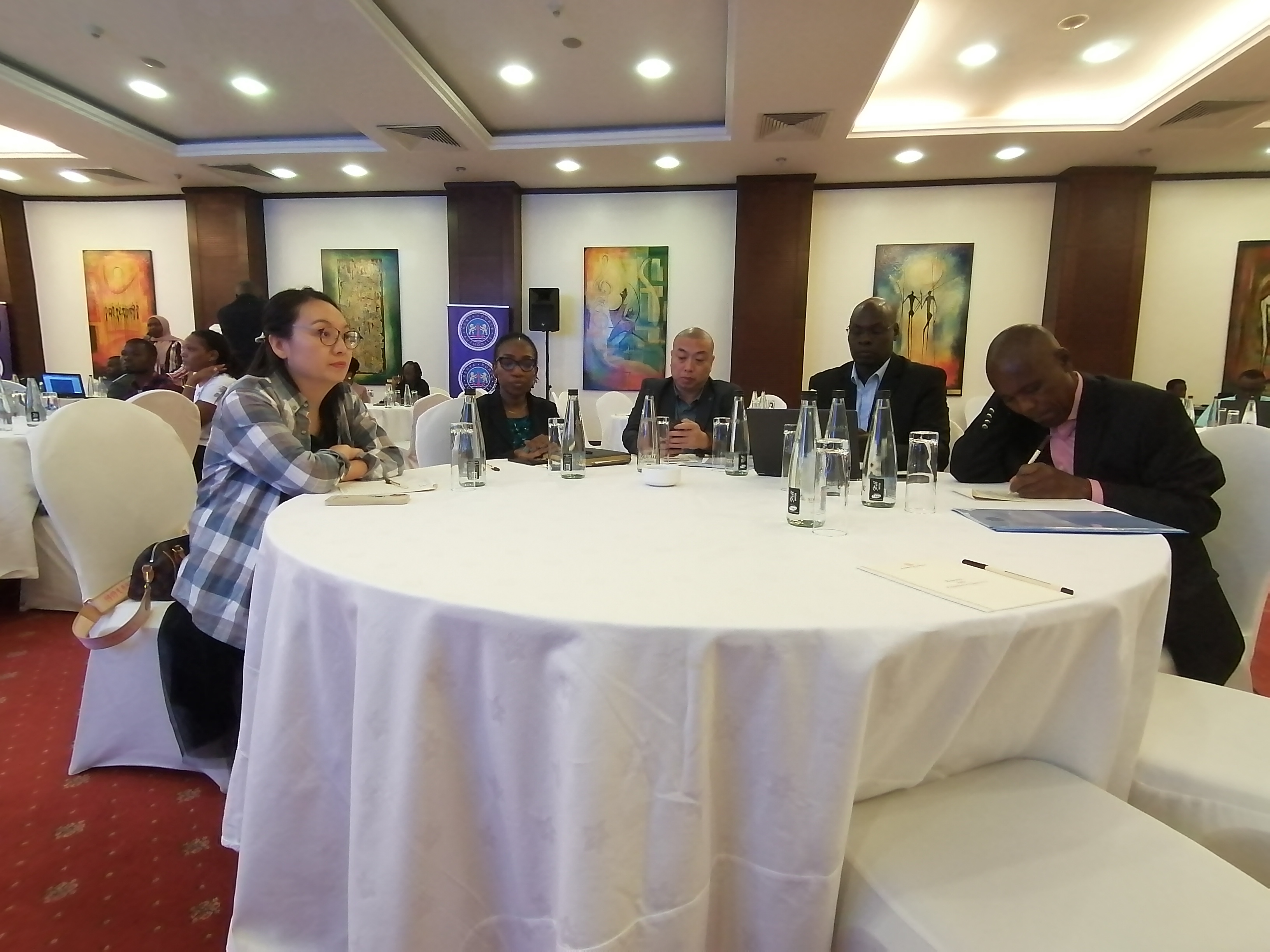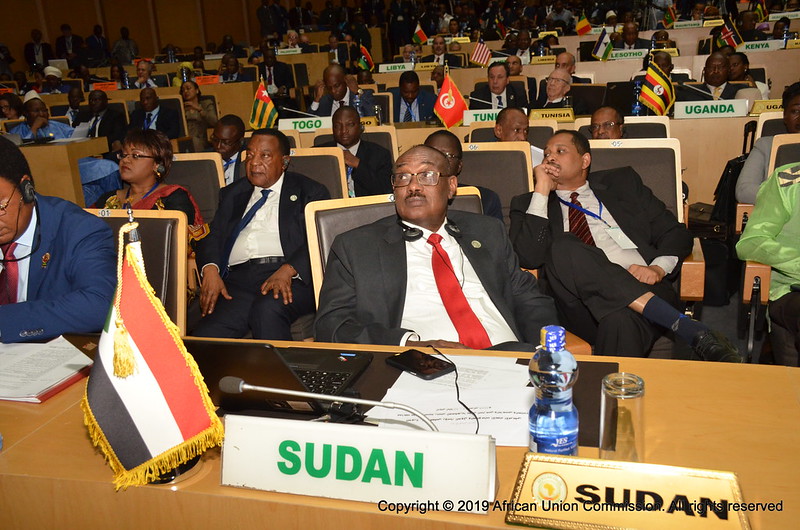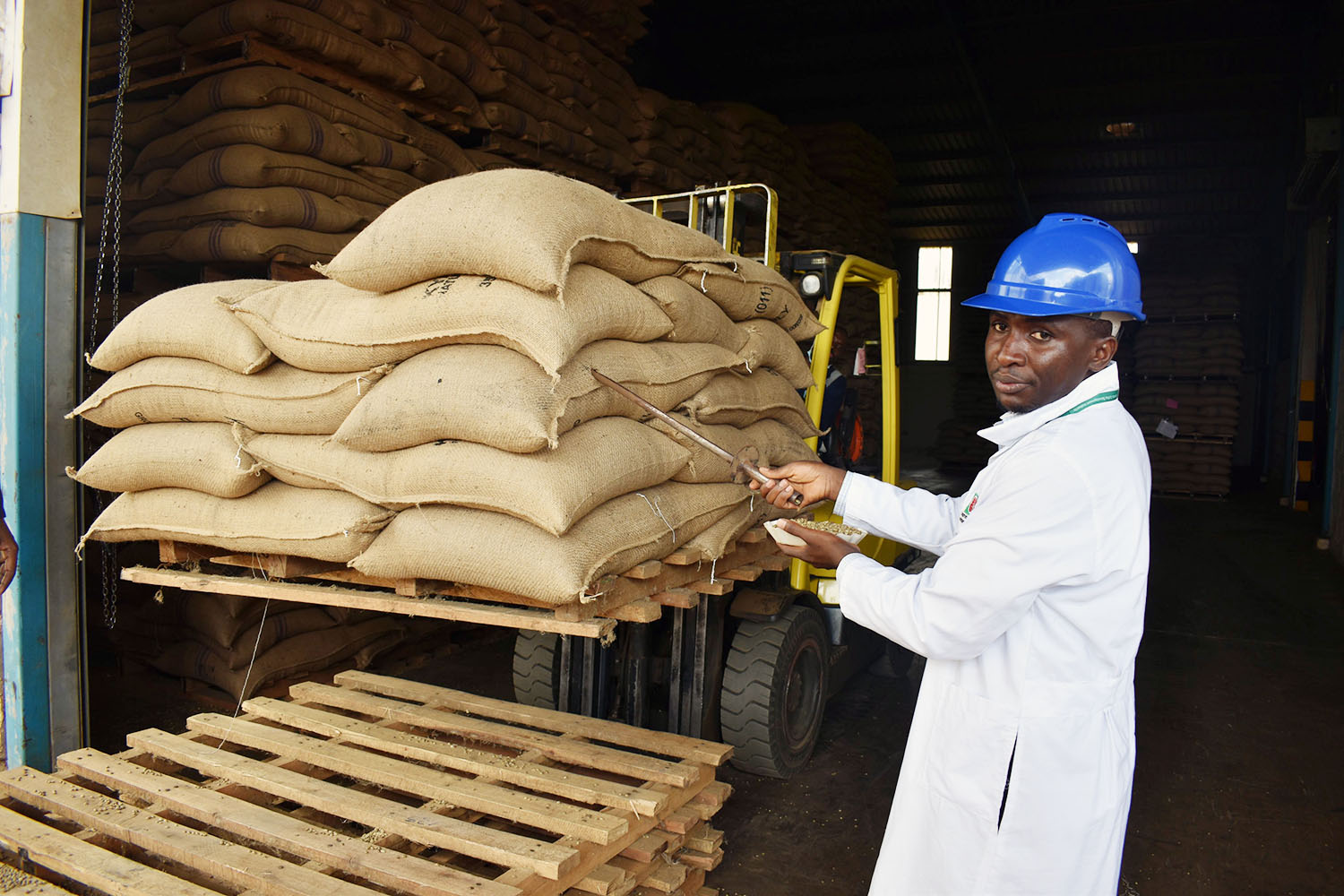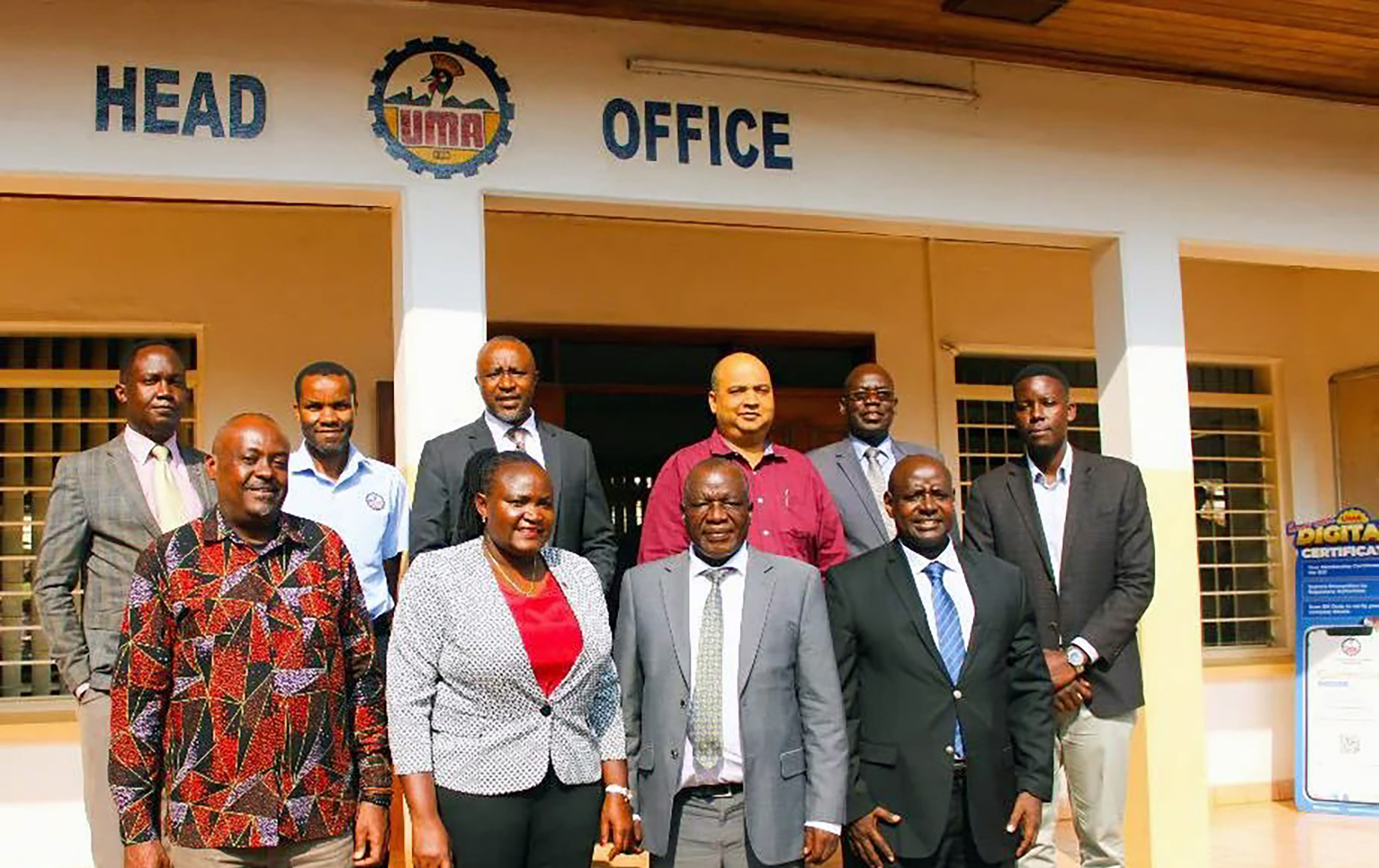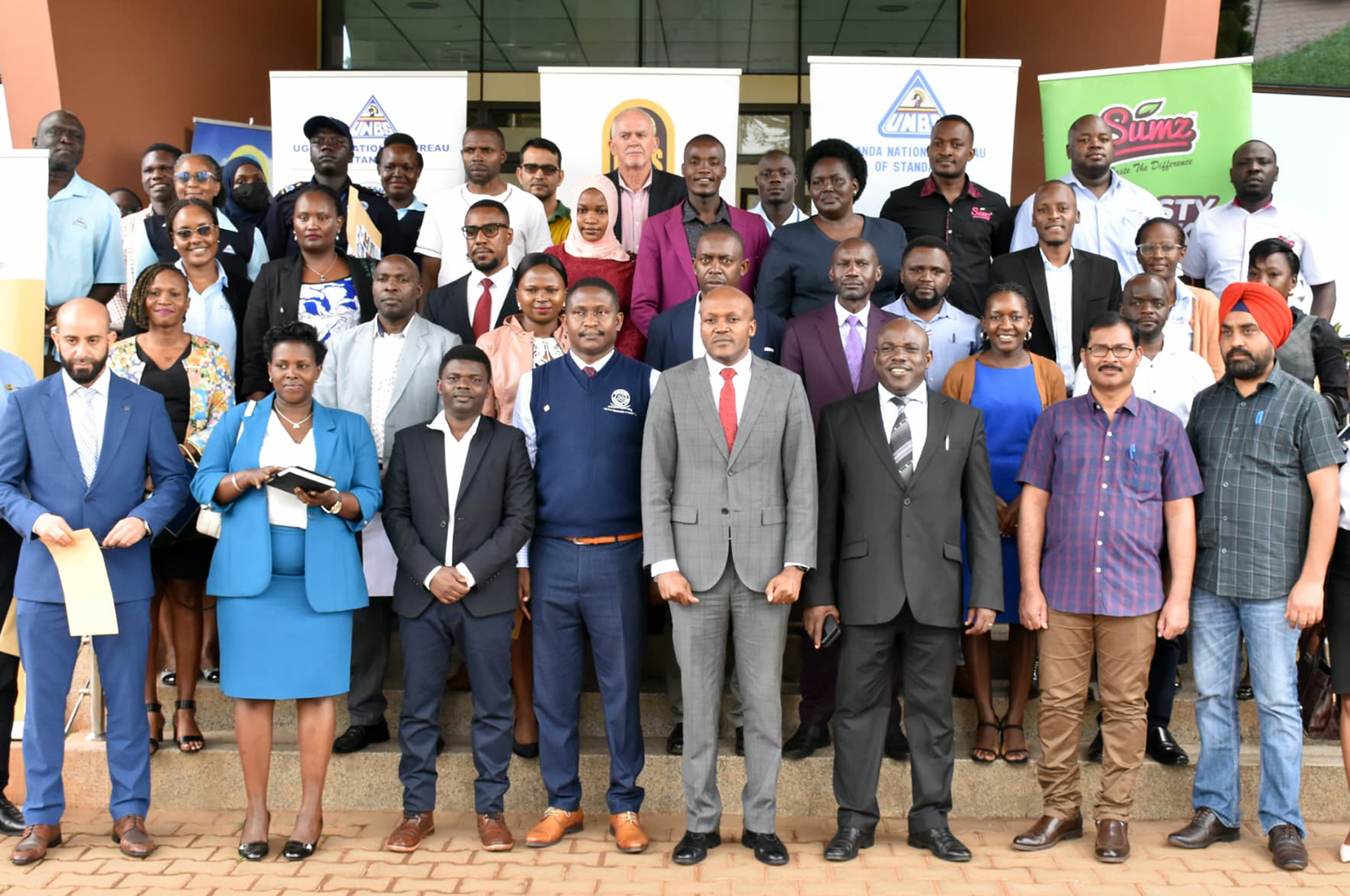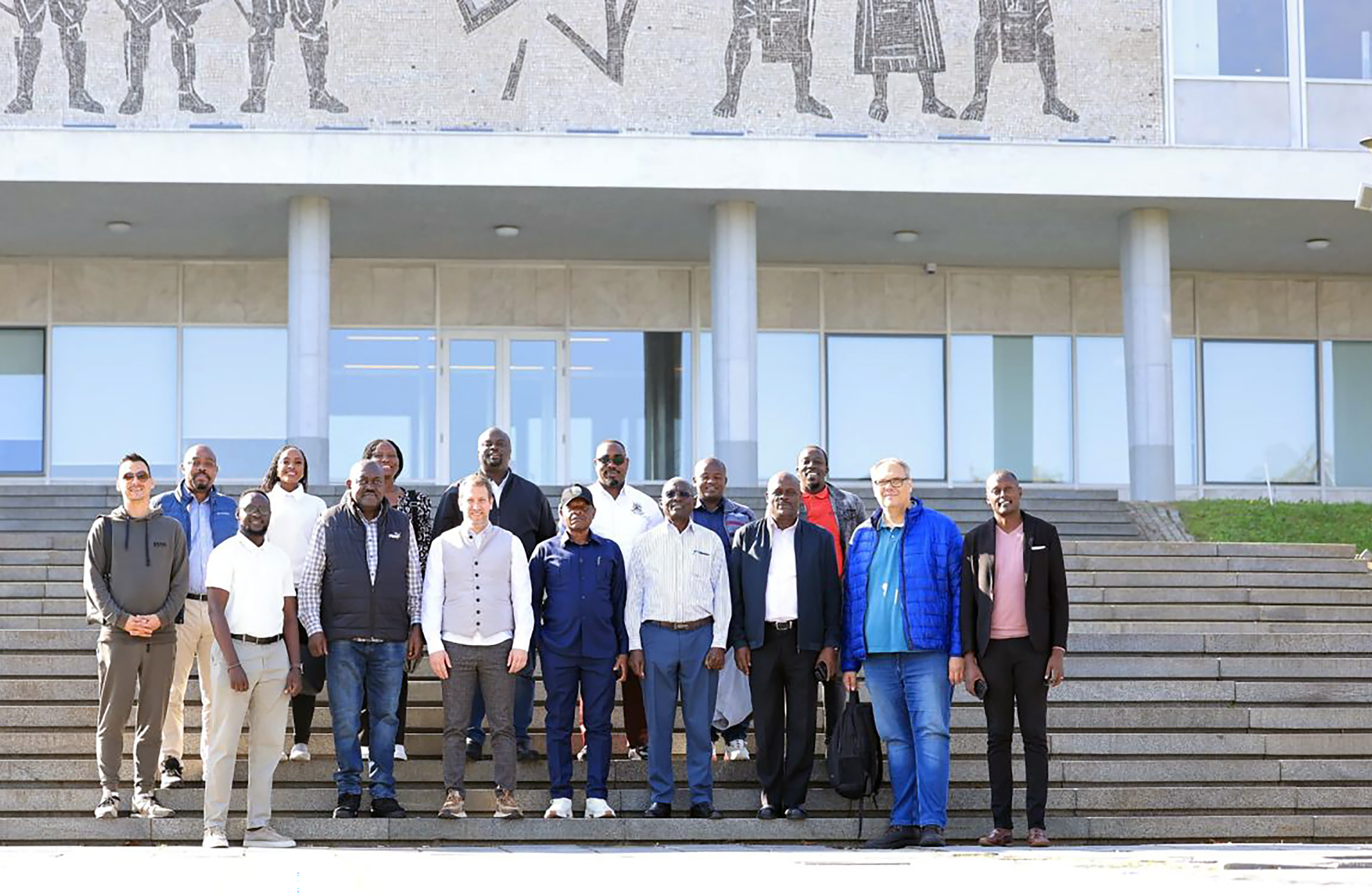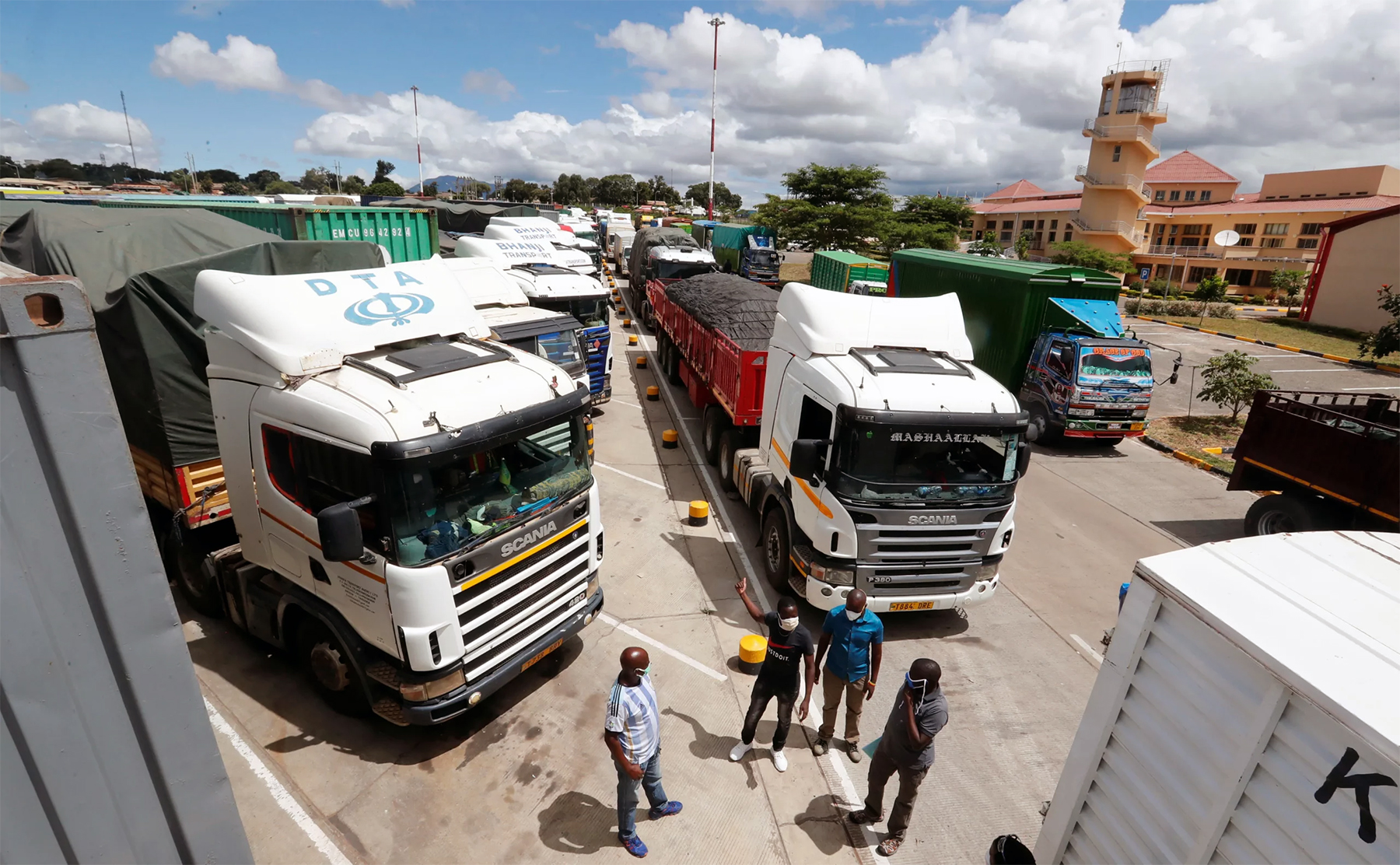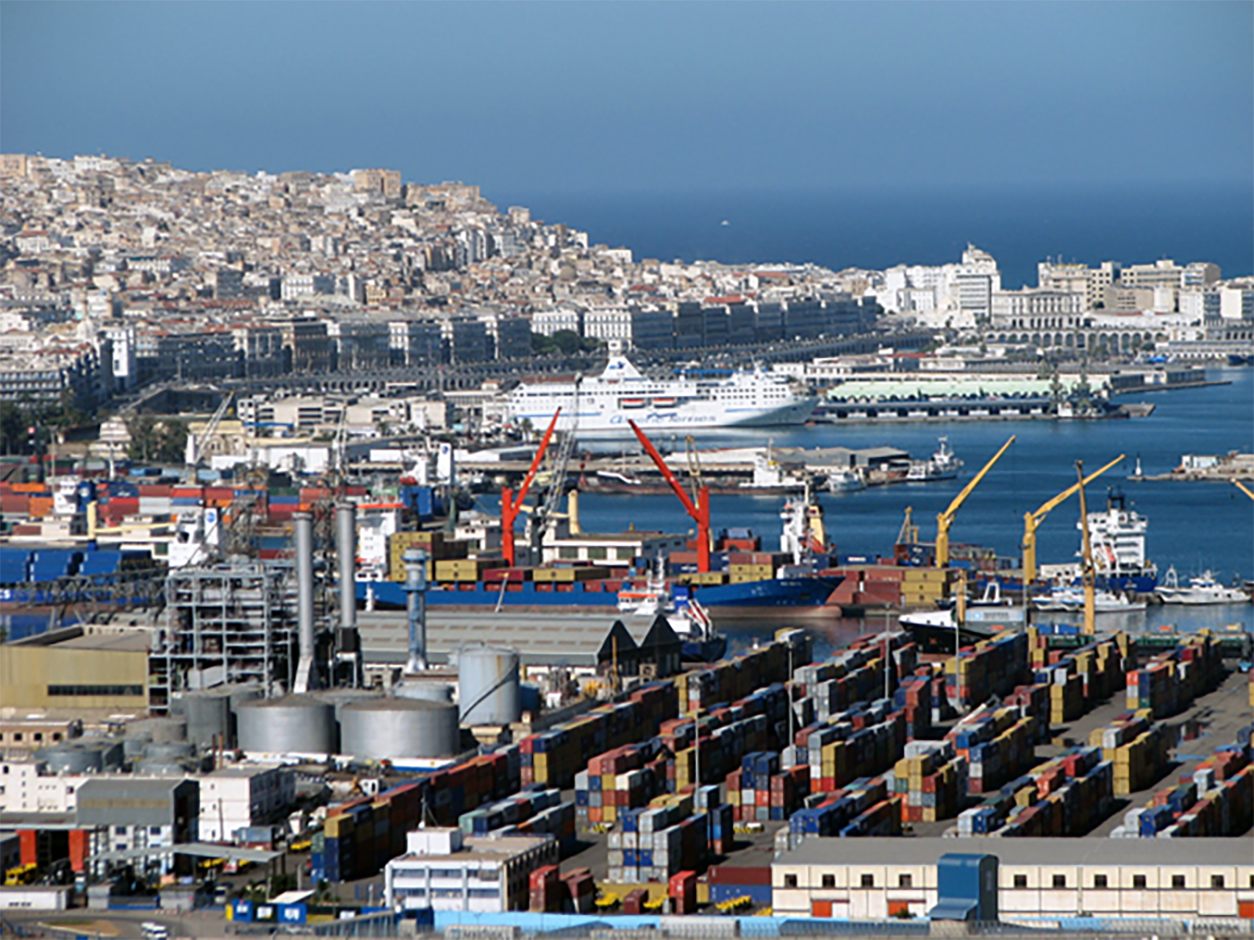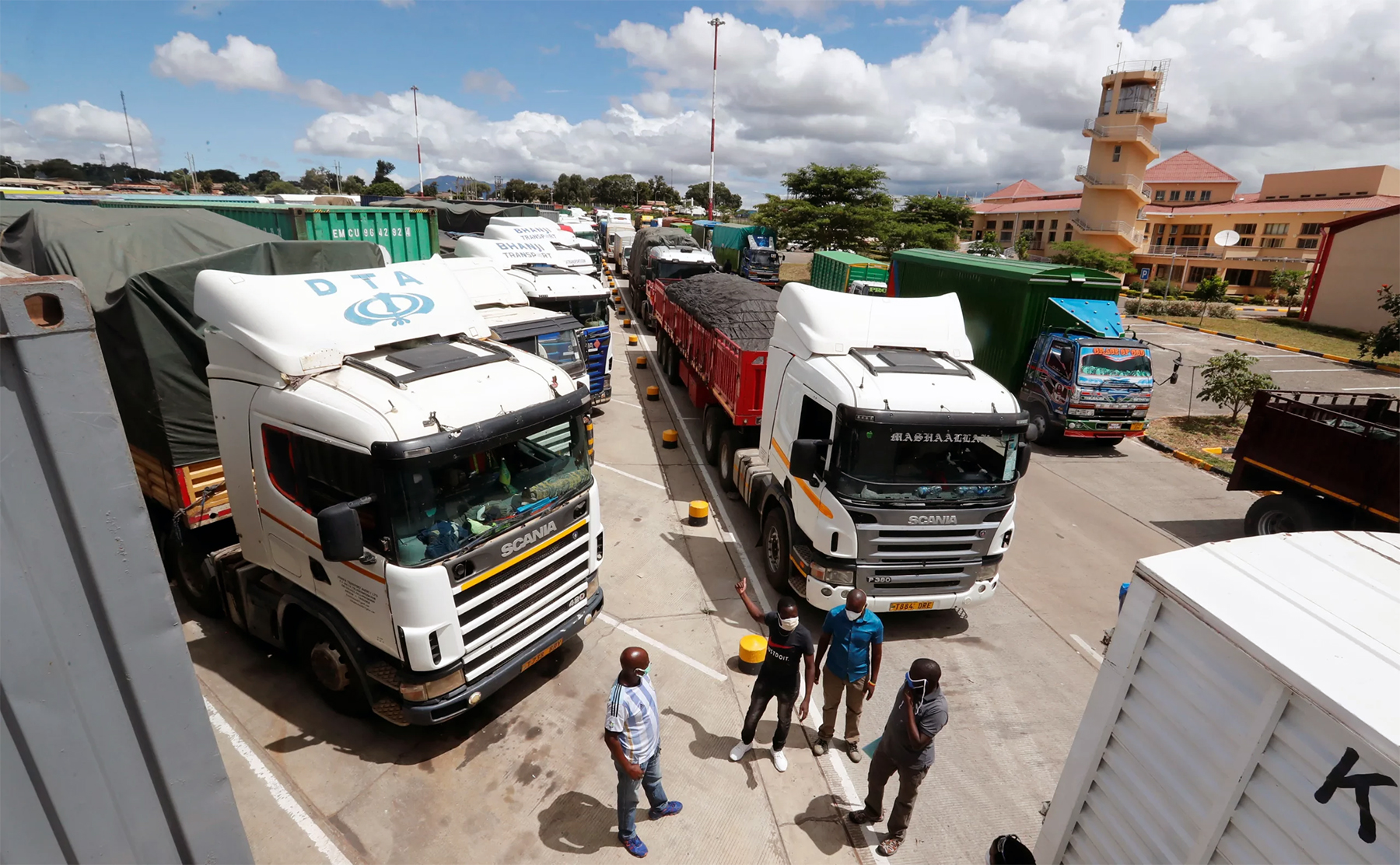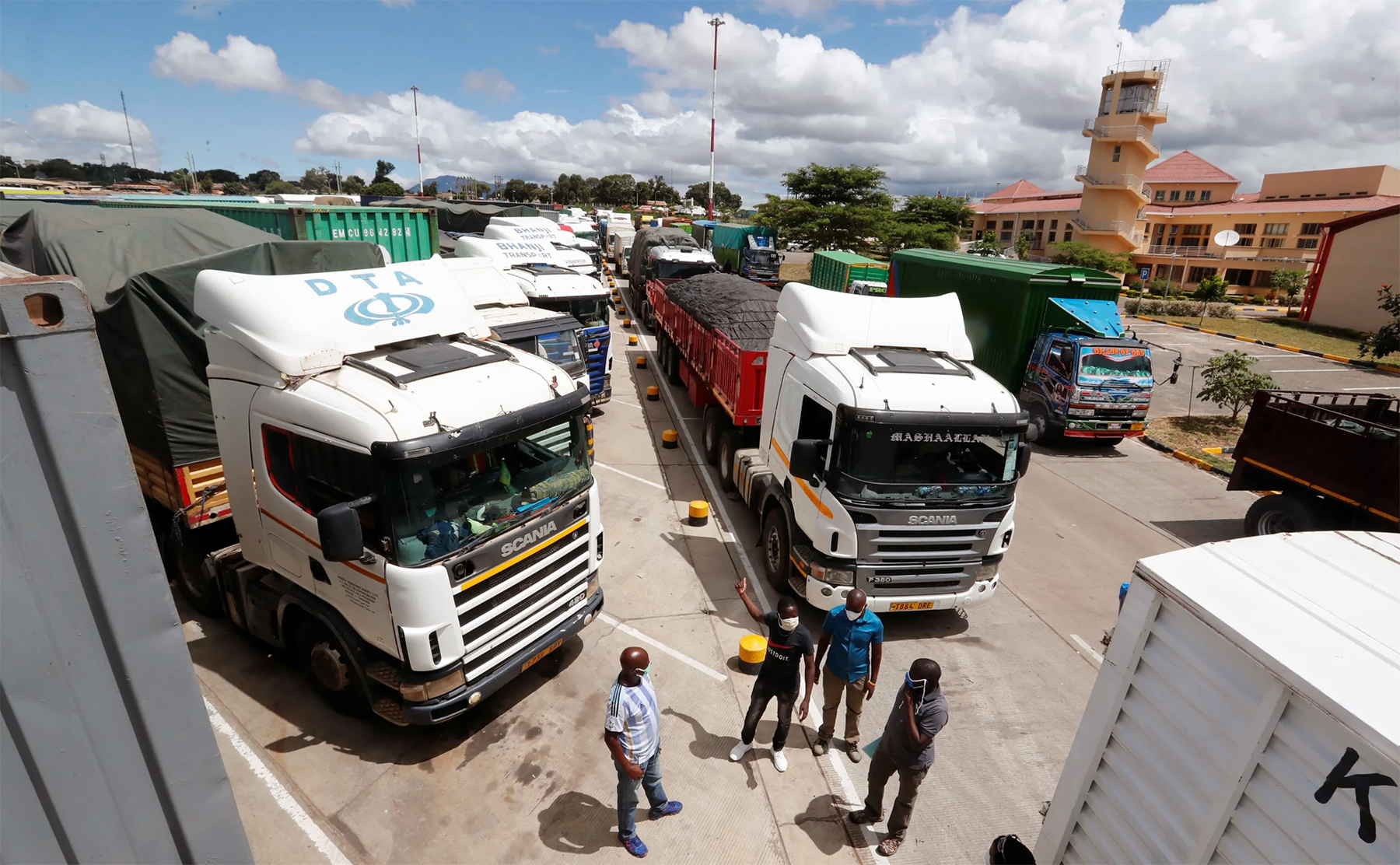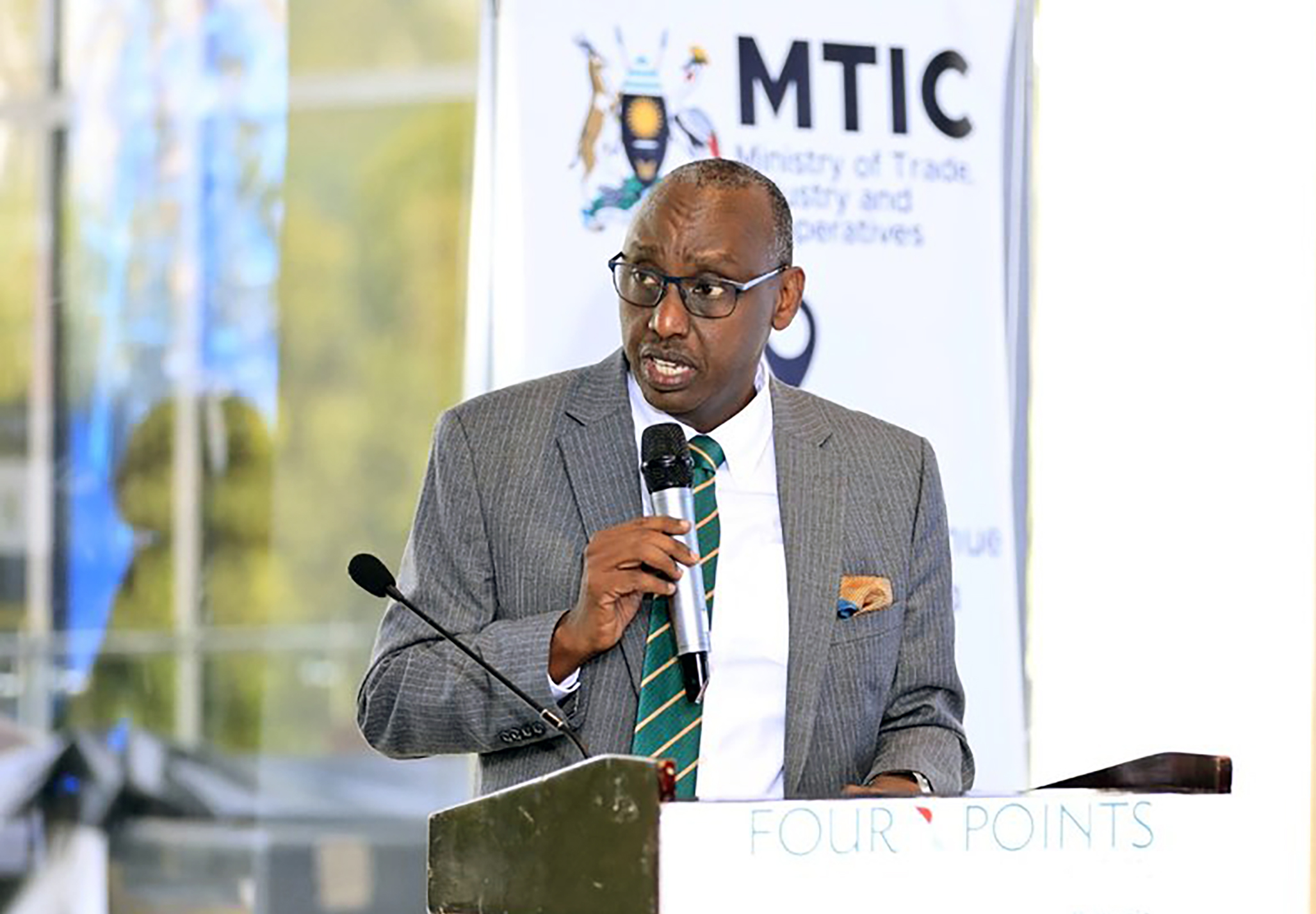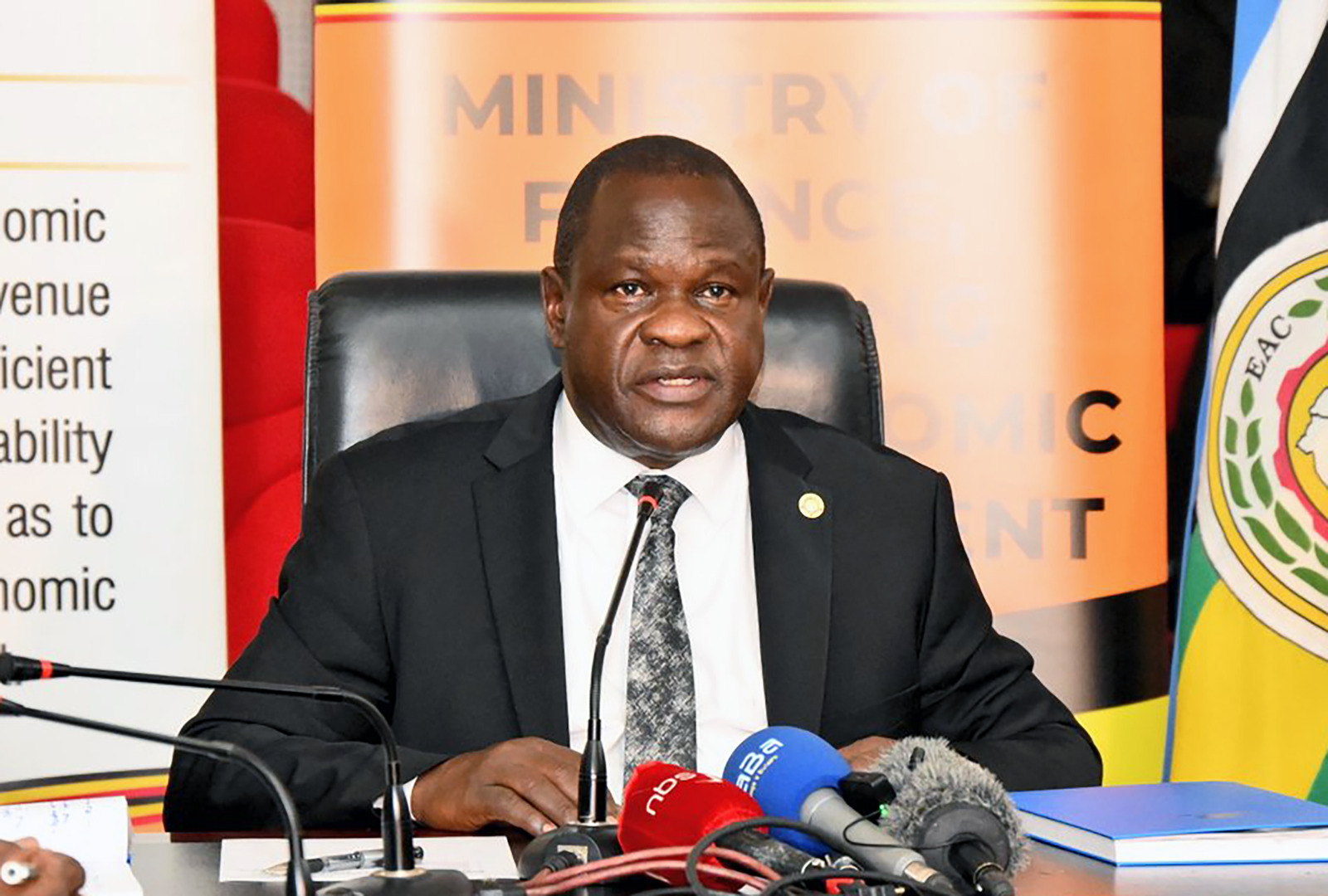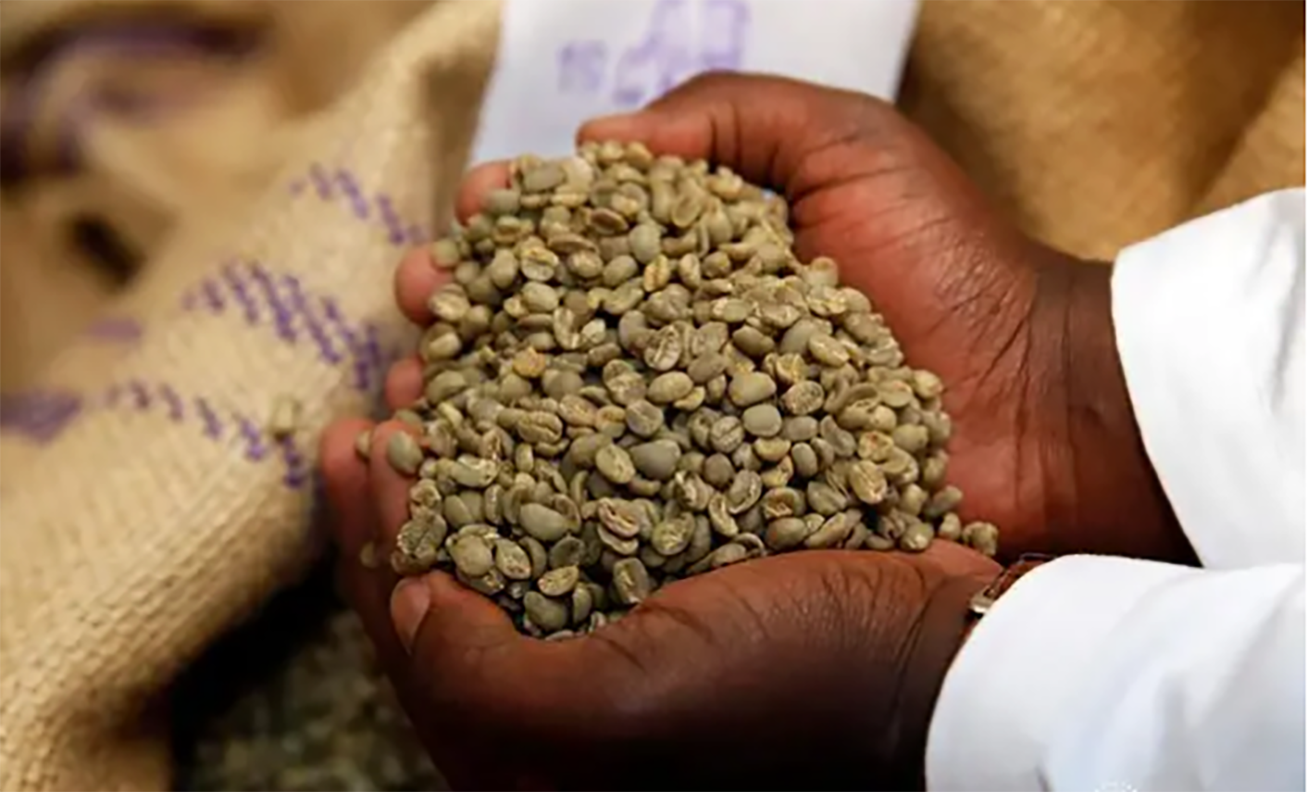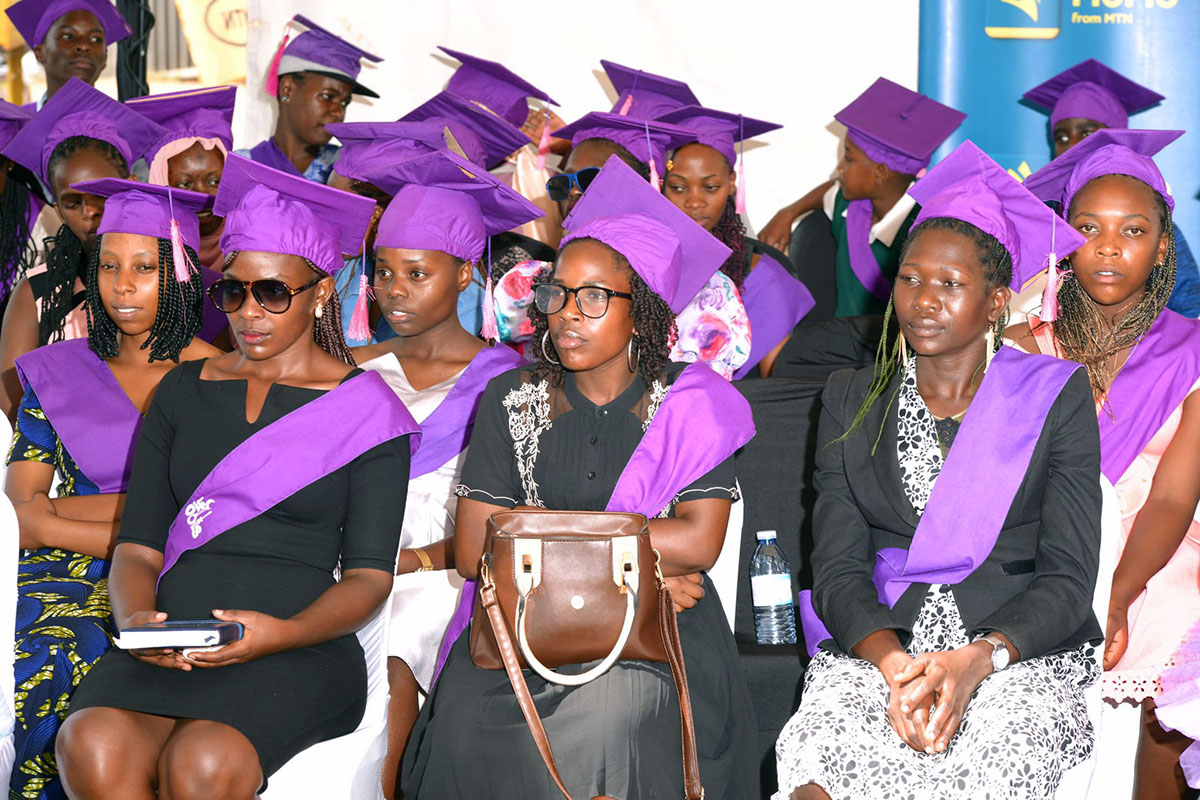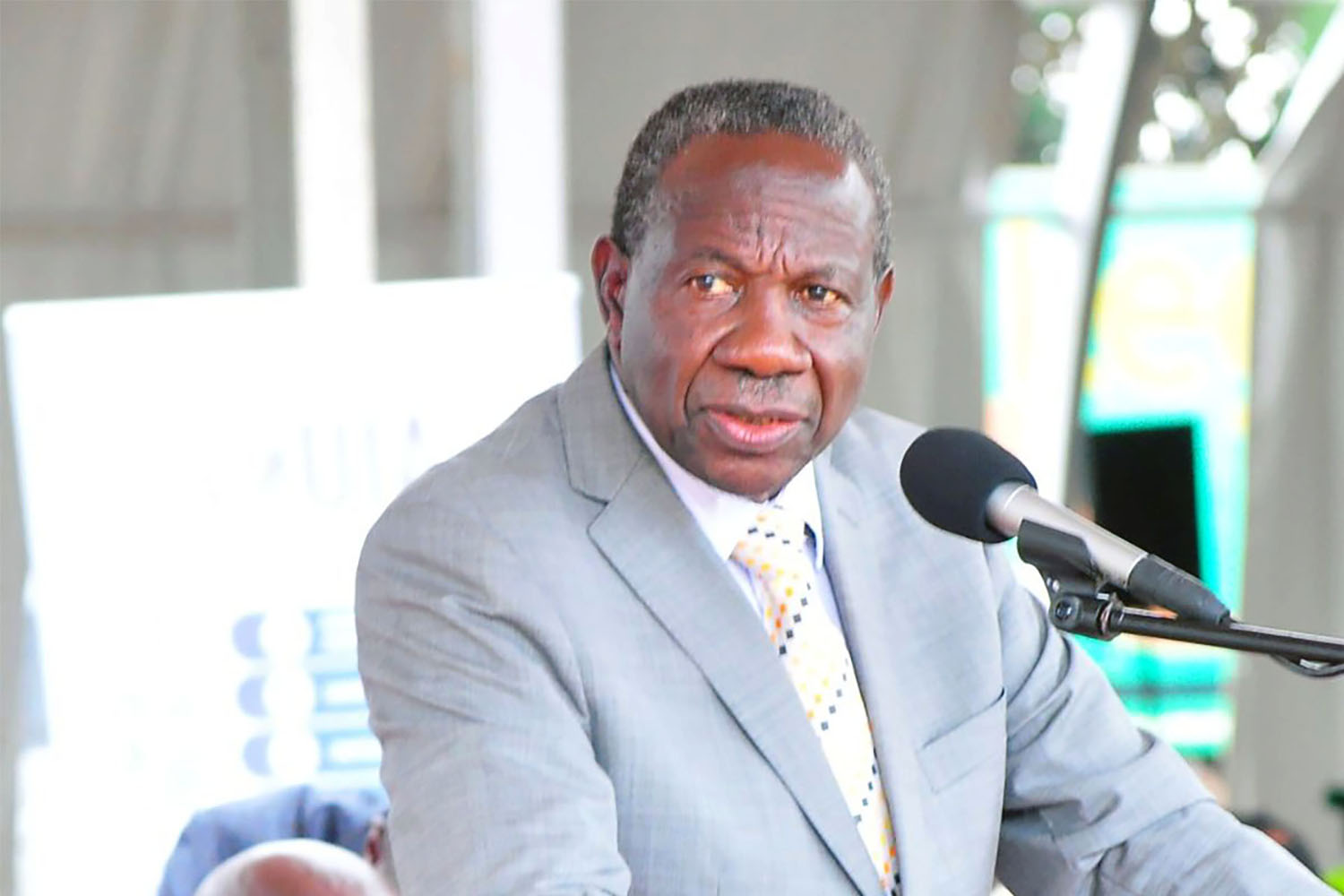Will new MoUs eliminate Uganda, Kenya trade disputes?
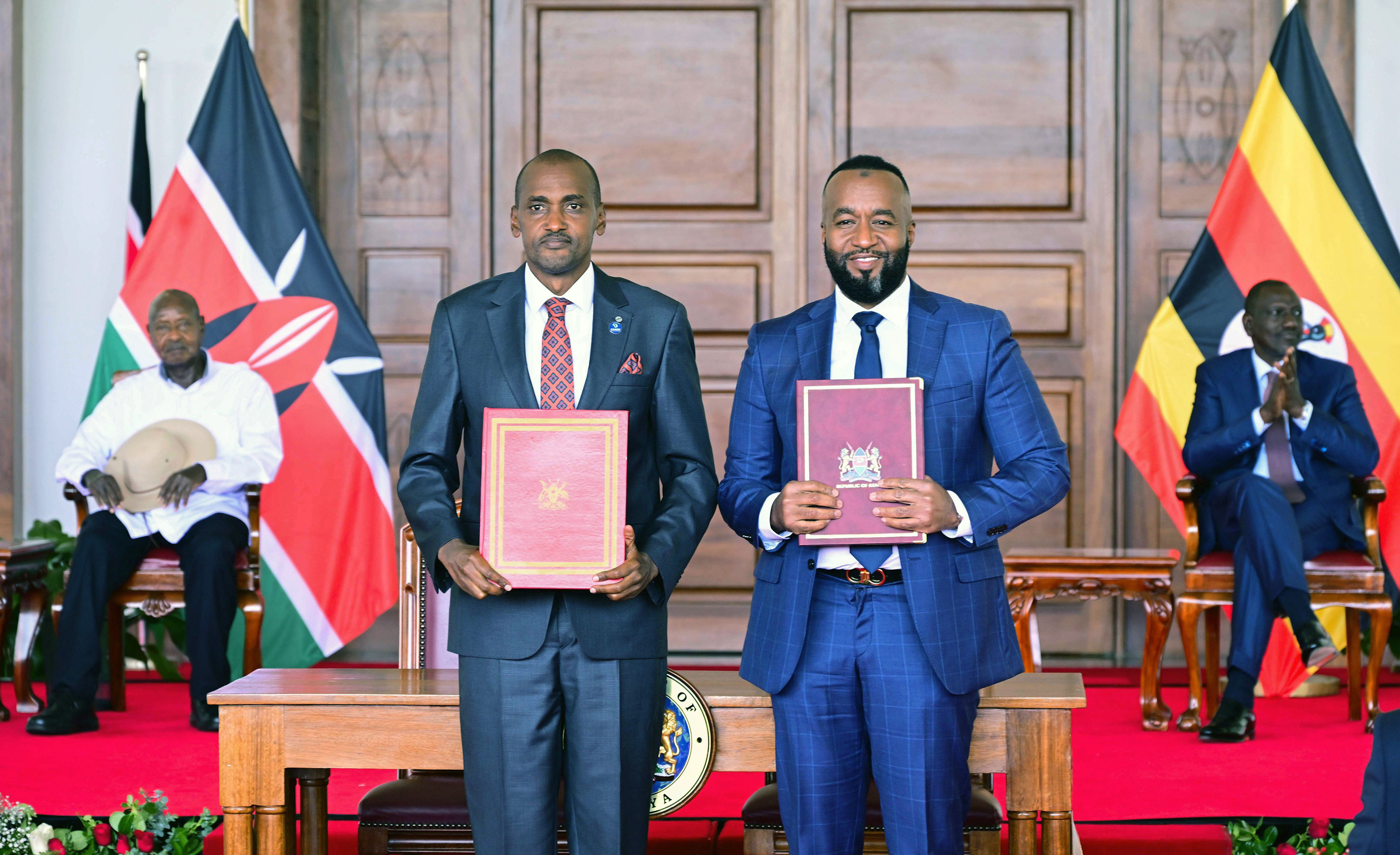
Frank Tumwebaze (L), Uganda's Information Minister, shows off a copy of the documents President Museveni (seated L), looks on, in Nairobi, Kenya on July 30. Seated on the right is President Ruto of Kenya.
President Yoweri Kaguta Museveni of Uganda and President William Ruto of Kenya have signed seven new landmark agreements aimed at easing trade frictions and accelerating economic growth between the two countries.
The new Memoranda of Understanding (MoUs) cover tourism, property rights, fisheries, agriculture, transport, standards harmonisation, and investment promotion, reflecting a deliberate effort to move past years of recurring trade disputes and forge a stronger, more integrated partnership.
A press release from State House said that at the signing in Nairobi, President Yoweri Museveni emphasised Africa’s need for deeper economic cooperation.
- “The more goods and services you produce, the wealthier you become. But a central question remains: who buys what you produce? Discussions must focus on market access and consumer engagement,” he said, warning that African economies had “left undone what they ought to have done” in pursuing industrial transformation.
President Ruto hailed the agreements as a milestone in bilateral cooperation. “My deliberations with President Museveni spanned an extensive range of bilateral, regional, and continental priorities. We reaffirmed our united stance on closer collaboration in key sectors such as infrastructure, trade, energy, security, and regional integration,” he said.
The seven agreements signed include; tourism cooperation: Joint strategies to market Uganda and Kenya as a single tourism circuit, using coordinated campaigns to attract more international visitors and boost foreign exchange earnings.
- Property Rights: Formalising informal trade and strengthening local government systems, with special focus on women and youth traders in the greater Busia Metropolitan area between 2025 and 2028.


Fisheries & Aquaculture: Sustainable management of Lake Victoria’s fisheries and joint investments in aquaculture to enhance food security and curb overfishing.
Agriculture & Animal Industry: Collaborative research on crop improvement, joint disease control efforts, and improved livestock management to strengthen the agricultural sector.
Transport Cooperation: Development of cross-border road and rail networks to reduce logistics costs and speed up trade between the two countries.
Standards Bureau Cooperation: Alignment between the Kenya Bureau of Standards and the Uganda National Bureau of Standards to reduce non-tariff barriers and end costly product bans.
- Investment Promotion: Frameworks to attract foreign direct investment and technology transfer, fostering industrial growth in manufacturing, energy, and ICT.
- In May last year, Museveni was in Kenya for a three-day official visit to President during which the two leaders signed several MoUs. The visit followed the second session of the Joint Ministerial Commission (JMC) between Uganda and Kenya, where seven memoranda of understanding were also signed.
So, will the new agreements increase bilateral trade volumes by 15–20% over the next three years, driven by reduced trade barriers and harmonised standards? In 2024, Uganda exported goods worth $838 million (about UGX 3.2 trillion) to Kenya, while imports from Kenya stood at $670 million (about UGX 2.5 trillion).
However, this trade relationship has faced much publicised tensions, with Kenya imposing temporary bans on Ugandan milk, sugar, maize, and eggs - disputes that often required the EAC’s intervention. The standards harmonisation agreement is expected to tackle one of the key sources of these disputes by creating a unified framework for product quality and safety.
If fully implemented, analysts say, the MoUs could serve as a model for wider East African integration, showing how bilateral partnerships can transform regional trade and investment. For traders, investors, and citizens along the border, this could mark the beginning of a new chapter - one where opportunities flow more freely, and integration moves from aspiration to reality.


.jpg)
